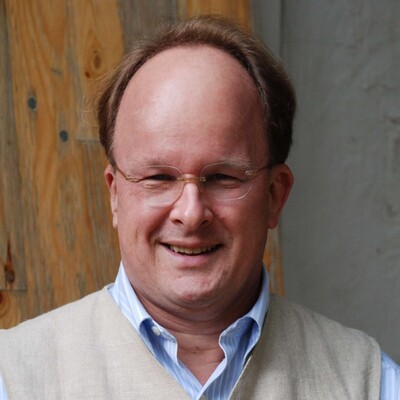Putin’s Russian Power Grab: The Global Context
The Russian President aims at staying in power forever. Who are his role models?
January 16, 2020
Vladimir Putin has just announced sweeping constitutional changes that could prolong his stay in power.
Shortly thereafter, the entire Russian government, led by Dmitry Medvedev dutifully resigned to clear the field for whatever machinations the Russian President now divines.
In his efforts, the 67-year-old Mr. Putin, who has already been in power since 19 August, 1999, is guided by a number of role models and choices that have been made in other political systems.
Most of them are fellow authoritarian leaders who, like Putin, deem themselves irreplaceable and/or claim that their nation would risk major instability if the current “supreme” leader were no longer in power.
1. Xi Jinping and the China dimension
Putin is obviously aiming to pull off a “Xi Jinping,” eager to make himself his country’s ruler for life. The 66-year-old Mr. Xi is the Chinese President (and General Secretary of the Communist Party of China, as well as Chairman of the Central Military Commission).
Ever since the “reforms” approved by National People’s Congress, Mr. Xi, who has led China since 15 November, 2012, is able to continue in office indefinitely.
2. Recep Tayyip Erdogan and the Turkey dimension
Putin is also mimicking Turkey’s Recep Tayyip Erdogan, only in reverse. The 65-year-old Erdogan, in power since 2002, used to be Turkey’s prime minister.
However, Erdogan began to develop a strong sense that things needed to change in Turkey. He did not like the limits on his power as prime minister.
So he began a process of totally rejiggering the Turkish constitution in the direction of a very powerful presidency. In a referendum held on April, 2017, Mr. Erdogan finally succeeded with his plan.
Ironically, his role model for that was the United States. Which explains why Donald Trump loves him so much.
3. The UK dimension
The British parliamentary model has been aptly described as a “prime ministerial dictatorship.”
In a way, that is also part of Putin’s thinking, now that he aims to shift power away from the post of Russia’s president (which he currently occupies).
In the UK, a prime minister with a strong majority in parliament has wide latitude in exercising his power. Although things were different under Mr. Cameron and Mrs. May, the UK is usually governed by single-party governments, which makes the job of prime minister that much easier.
Of course, Mr. Putin is taking the description of the UK system as a “prime ministerial dictatorship” to its extreme conclusion. He might be viewing it as putting the UK model on steroids and means it very literally.
While the UK considerably distorts voter preferences with its “first past the post” system, Putin intervenes in the electoral process far more actively and harshly.
He has set a firm gate keeper system in place that, enforced by police batons and artful acts of jailings that are as contrived as during Communist times, basically does not allow any decent and independent thinking person to stand for parliament or even city council in Russia.
Takeaways
Vladimir Putin aims at staying in power forever. Who are his role models?
Vladimir Putin is obviously aiming to pull off a “Xi Jinping,” eager to make himself his country’s ruler for life.
Vladimir Putin is mimicking Turkey’s Recep Tayyip Erdogan, only in reverse.
Vladimir Putin is taking the description of the UK as a “prime ministerial dictatorship” to its extreme conclusion. He is putting the UK model on steroids.

